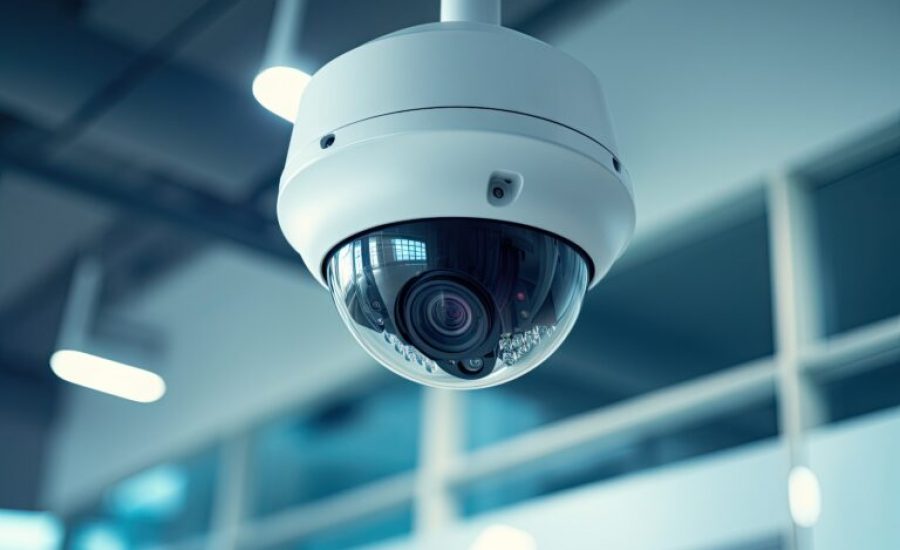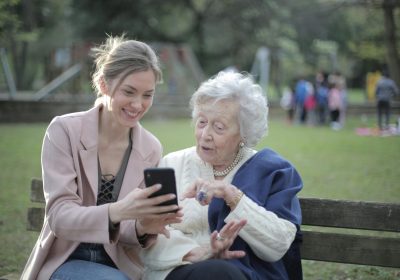Installing cameras in hospitals provides great benefits but also prompts many questions about privacy, implementation, and legal compliance. Broadly speaking, hospitals use cameras to protect patients, staff, and the hospital itself from harm and theft.
Depending on your point of view, you may see a lot of advantages of having cameras in hospitals, or you may have your reservations. We are in an age of technology, and we must have conversations about the best ways to use it to improve our lives and guard against abuse. Here are answers to some of the common questions we get about hospital cameras.
How Do Cameras Help with Hospital Security?
Security cameras provide a great deal of protection in all commercial and residential settings. In general, they provide security by deterring and documenting crimes involving violence and theft. But they are especially comforting in hospitals and other healthcare facilities because many people are vulnerable in these settings.
Here are a few ways cameras are specifically helpful for hospital security:
- Prevention of infant abduction
- Prevention of elder and patient abuse
- Prevention of malpractice
- Prevention of theft of controlled substances, equipment, and patient files
How Else are Cameras Used in Hospitals?
Besides security, cameras in hospitals have several other functions. These could include but are not limited to the following:
- Consolidating patient observation with proper consent
- Monitoring patients who suffer from dementia
- Ensuring hospital policy and HIPAA compliance
- Liability protection
Where are Cameras Allowed to be in Hospitals?
Cameras are generally allowed in all public areas, including parking lots, entrances and exits, and hallways. They are also typically placed in areas of great concern for security, including medication closets and infant nurseries.
Where are Cameras not Allowed in Hospitals?
In areas where people have a reasonable expectation of privacy, cameras are generally not allowed except for limited circumstances and with written consent. This includes bathrooms, changing rooms, treatment rooms, anywhere a computer screen is visible, and sleeping quarters — this is true everywhere, not just in hospitals.
Hospitals have the additional burden of staying compliant with the Healthcare Insurance Portability and Accountability Act (HIPAA). This law protects information about patient treatment and personally identifiable health information. It prevents this information from being used outside necessary functions.
For this reason, recordings should be carefully limited wherever protected health information might be shared.
There are some gray areas where hospitals may see a reason to place cameras with proper consideration for compliance with HIPAA.
The emergency room may be an example of this. The ER tends to be a very high-traffic area where security is important. But it may also be an area where protected information is likely to be revealed, so hospitals must be careful how this information is used, who is allowed to view it, and how long it is kept.
How are Cameras Used in Patients’ Rooms?
Cameras may be used to review examinations and other interactions between doctors and patients in diagnosing and treating injuries and illnesses.
When COVID-19 spread, some hospitals realized virtual check-ins between healthcare workers and patients could help stem the spread of the virus and allow understaffed facilities to care for more patients. These facilities have since realized virtual check-ins have value beyond COVID-19.
The doctor can zoom in on specific parts of the patient’s body for examination or check the patient’s vitals display. On the other hand, the patient can see the doctor or nurse on an adjustable monitor; this allows frequent contact between doctor and patient and protects healthcare workers from infectious diseases.
Who has Access to These Recordings?
HIPAA dictates that only authorized employees who need to access the recordings in the process of doing their jobs related to treatment, payment, and healthcare operations. This may include security officers and other hospital personnel trained on HIPAA compliance.
Does Video Recording in a Hospital Violate HIPAA Laws?
HIPAA does not outright prohibit using cameras during patient care. Video, photo, and audio recordings are permissible for the purposes of treatment, payment, and healthcare operations. These recordings must only be viewed by authorized personnel for the above purposes.
The hospital will have to obtain written authorization from the patient for the use of recordings outside of treatment, payment, and healthcare operations if the recording includes anything that identifies the patient or reveals protected health information (PHI), including:
- Full facial images
- Identifying marks on the body
- Date stamps identifying the date of treatment
- Audible recordings of the patient’s name or other identifying information
What Other Laws Govern Video Recordings in a Hospital?
Privacy laws that specifically govern video and audio recordings are separate from HIPAA and can differ from state to state. We recommend finding out precisely what the laws say about this in your state before you do any recording.
In general, hospitals, patients, and families who would like to record videos in places where there’s a reasonable expectation of privacy, like a patient’s room, need to obtain prior consent from everyone being recorded.
This includes getting consent from patients, hospital staff, other patients, visitors, etc.
Where audio recordings are concerned, most states require that at least one participant in a conversation know that they’re being recorded. Some states require both participants to be aware.
For Specific Questions Concerning Cameras in Hospitals, Groove Technology Can Help
When it comes to cameras in hospitals, there are a lot of complicated issues to work through. Yes, they revolutionize security and patient care, but they must be HIPAA compliant and used responsibly. And then there are the technical issues of how to install and monitor these cameras.If you have other general questions or want to know how cameras can and should be used in your facility, contact Groove Technology Solutions today. We have years of experience with camera installation in healthcare facilities. We can walk you through compliance issues and train your staff to use them properly.


